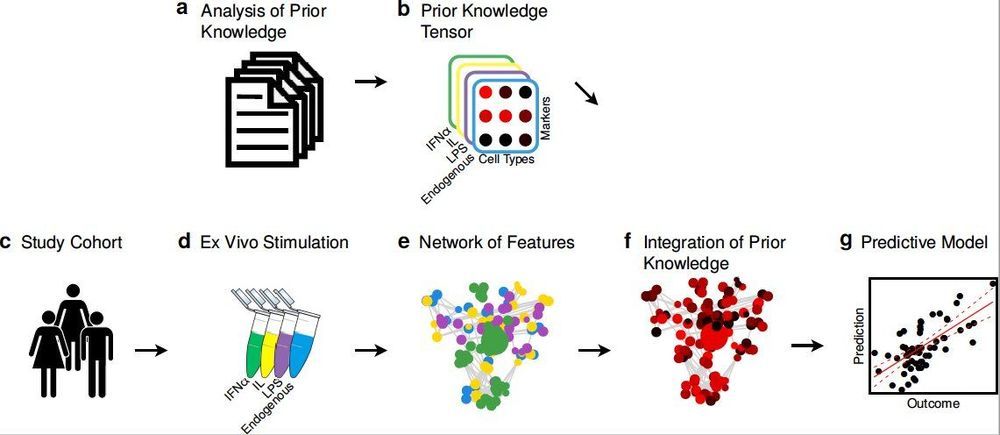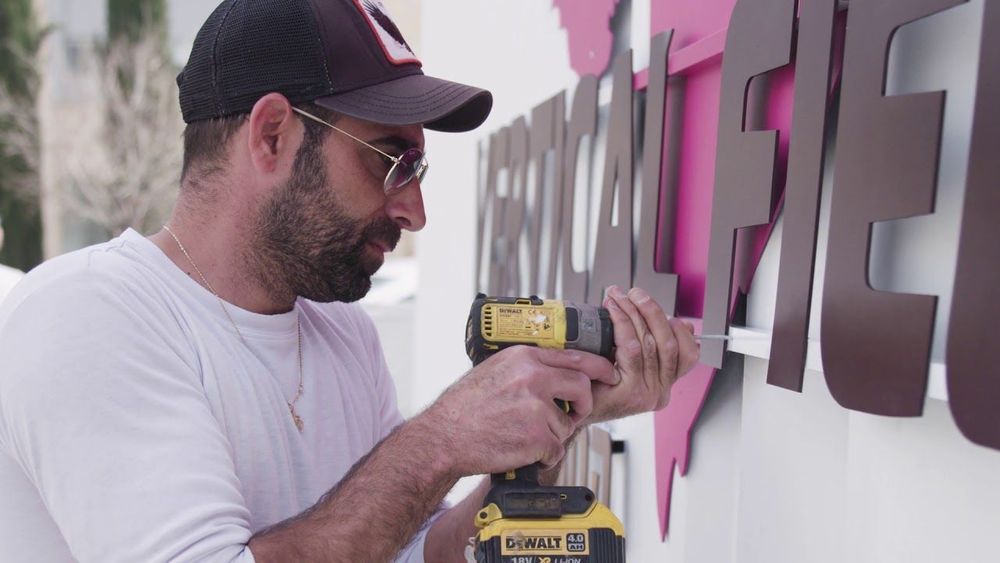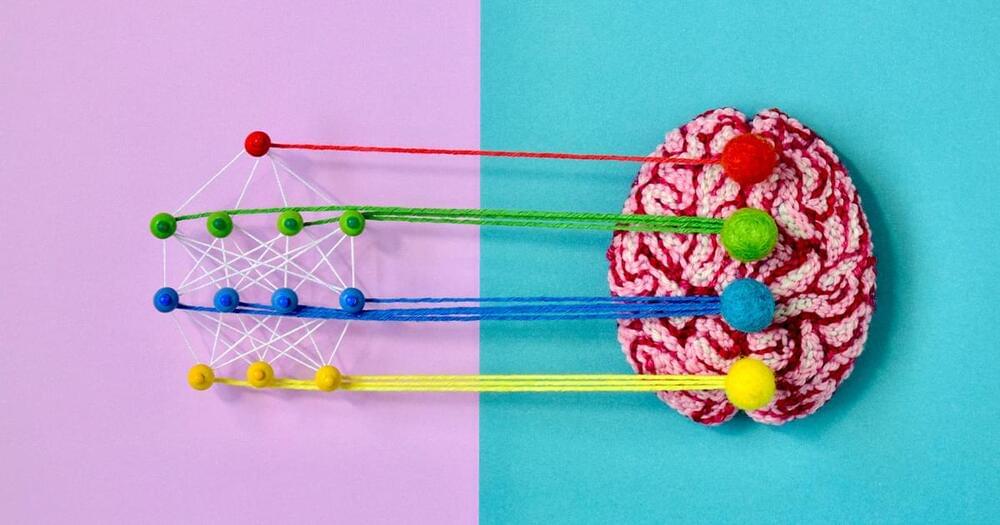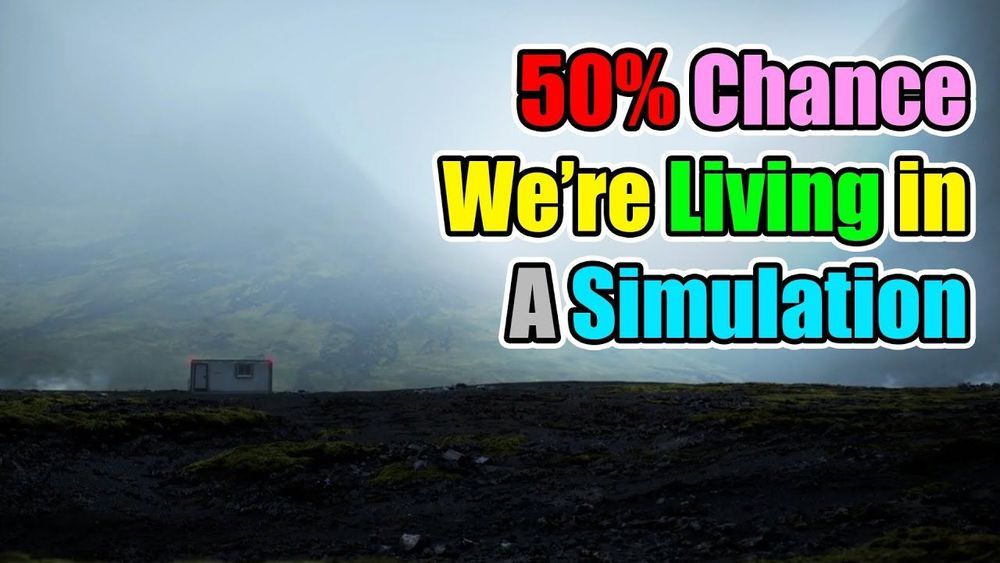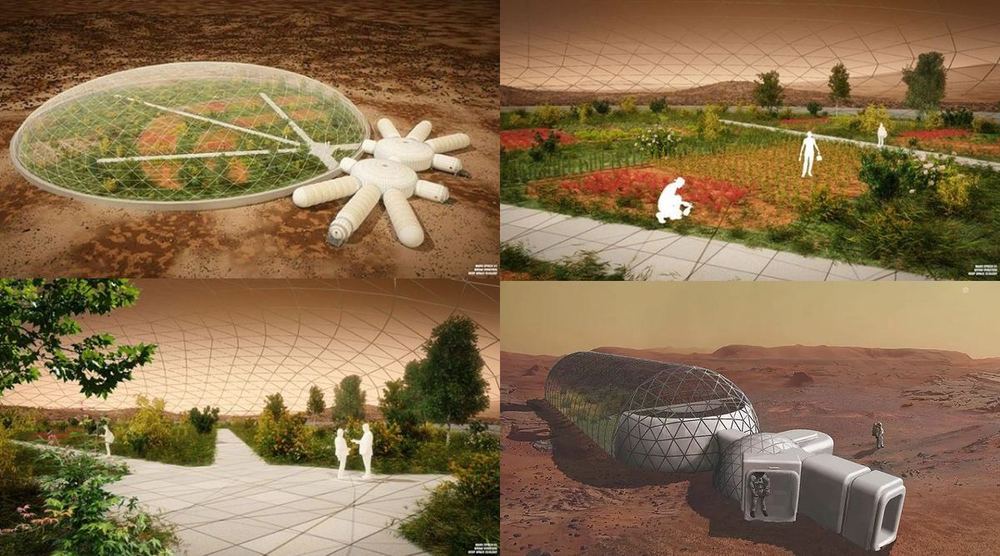Oct 29, 2020
DARPA’s newest sub-hunting weapon is… Shrimp
Posted by Quinn Sena in category: electronics
DARPA’s effort to track undersea life’s behavior as a means to detect enemy submarines has just entered its second phase. In the first phase, DARPA’s Persistent Aquatic Living Sensors (PALS) program sought to prove that sea life would respond to the presence of a submarine in a measurable way. With that seemingly confirmed, the second stage of the program will focus on developing sensors that can identify that behavior and relay a warning back to manned locations aboard a ship or onshore.
While the science is complex, the premise behind the PALS program is fairly simple. Undersea life tends to behave in a certain way when it senses the presence of a large and foreign object like a submarine. By broadly tracking the behavior of sea life, PALS aims to measure and interpret that behavior to make educated guesses about what must be causing it. In other words, by constantly tracking the behavior of nearby wildlife, PALS sensors can notice a significant change, compare it to a library of known behaviors, and predict a cause… like an enemy submarine, even if a submarine was stealthy enough to otherwise evade detection.
With enough data about how animals react to the presence of an enemy vessel as compared to how animals react to the presence of a large predator or more common undersea threat, PALS could serve as an early warning system when enemy subs approach.



